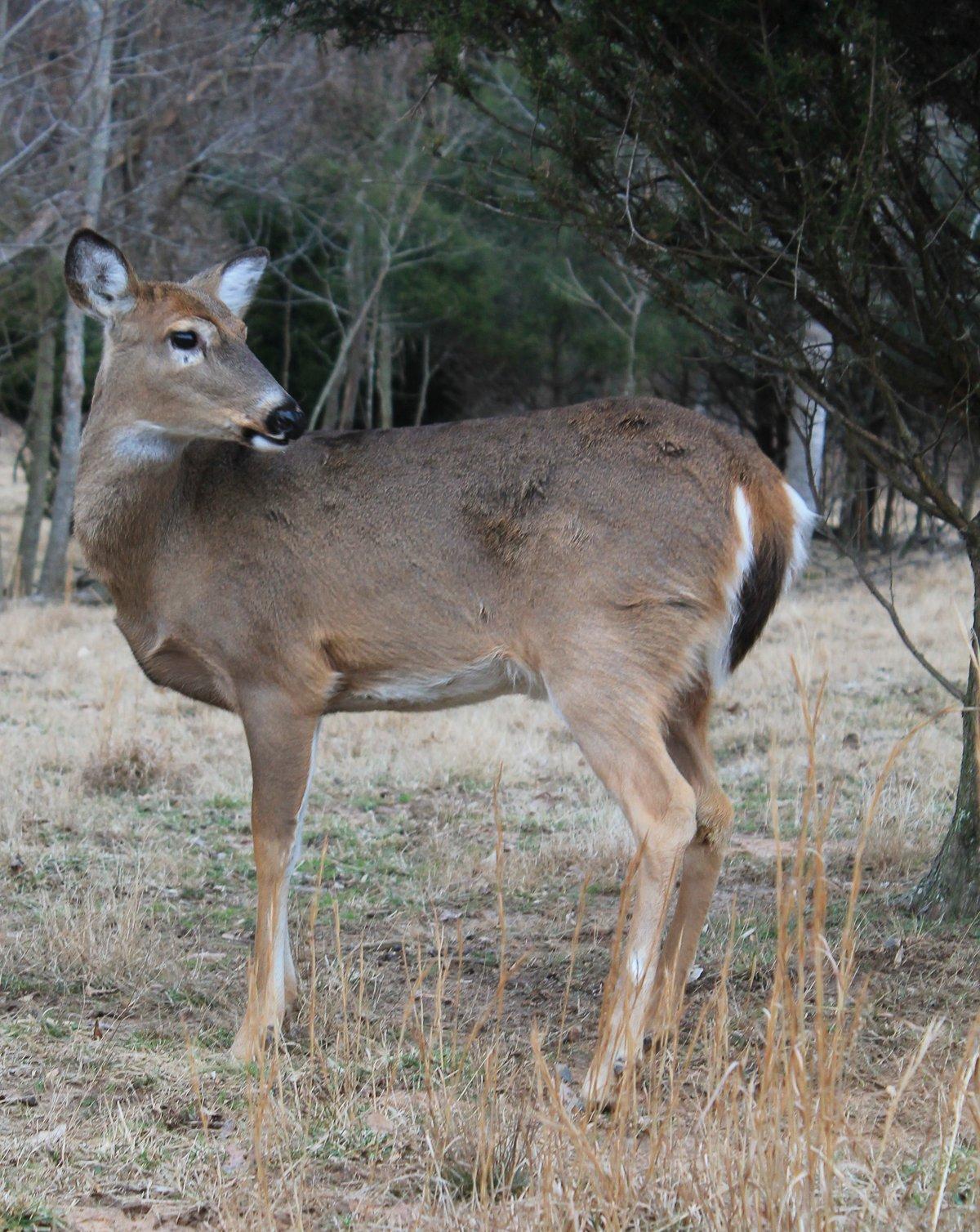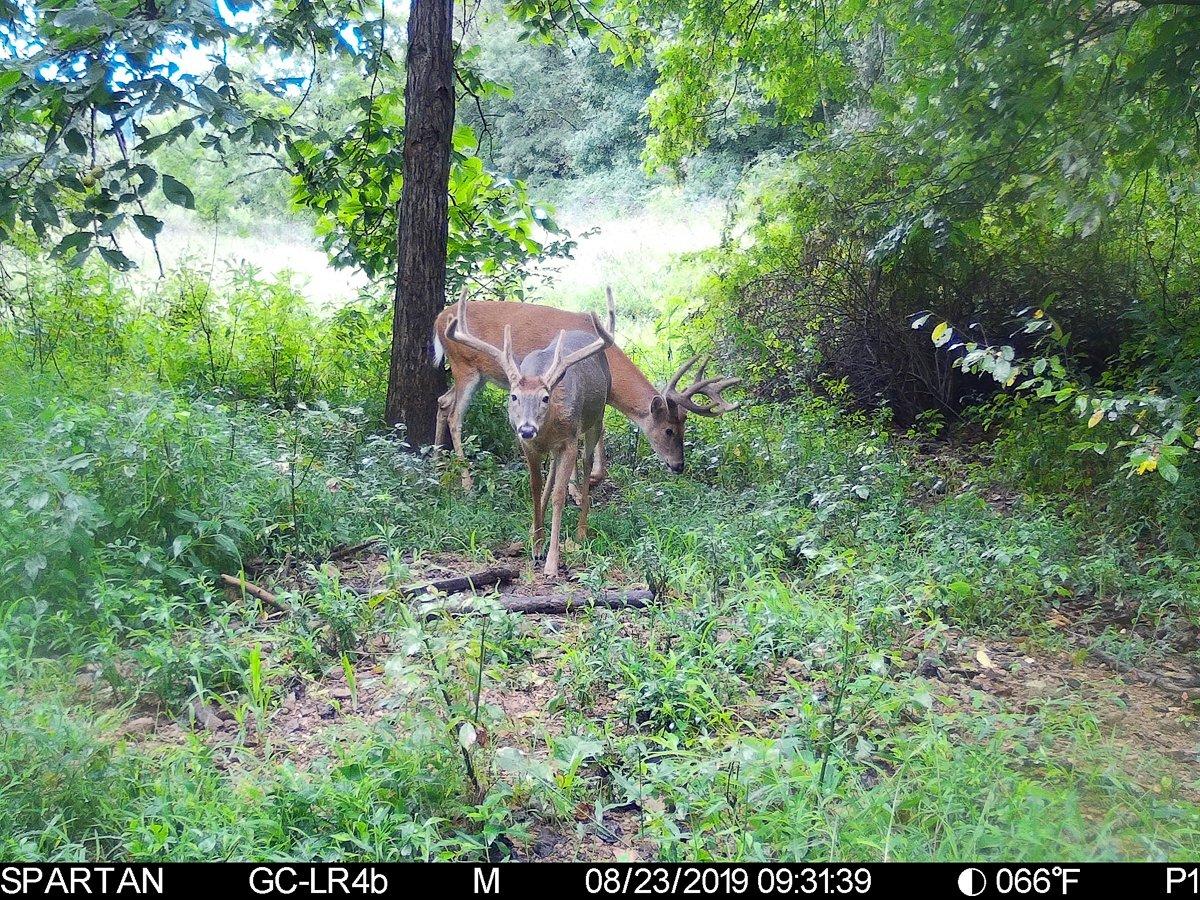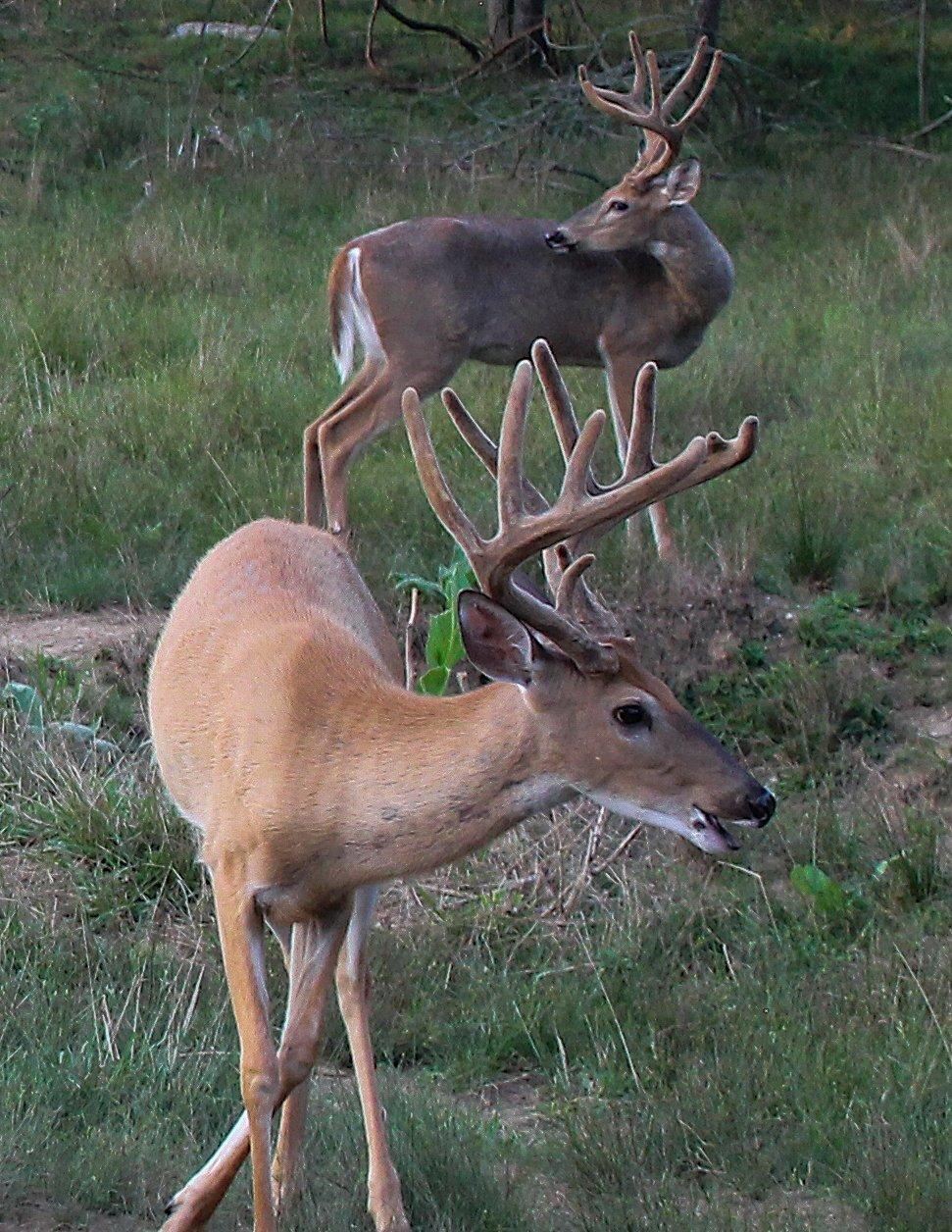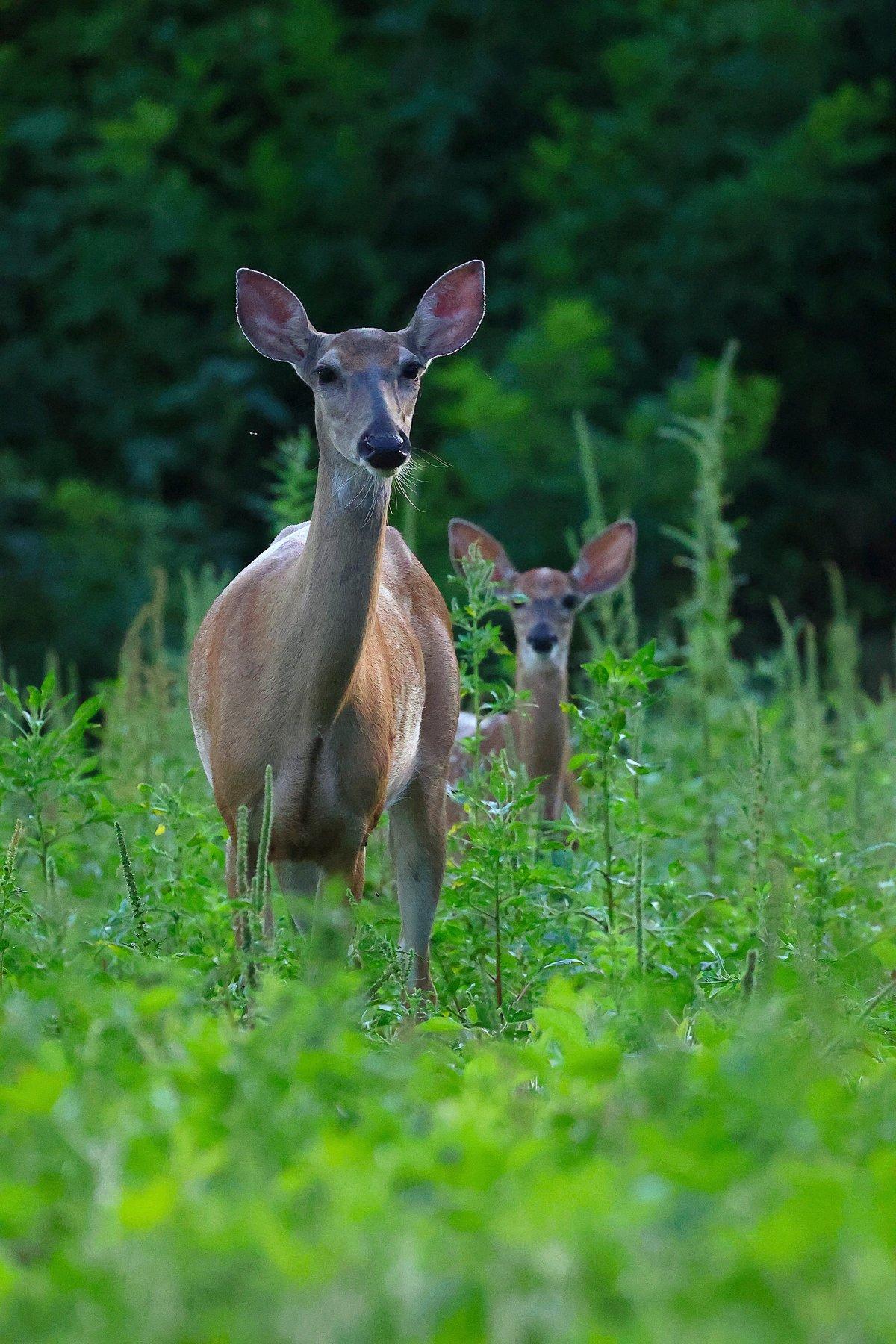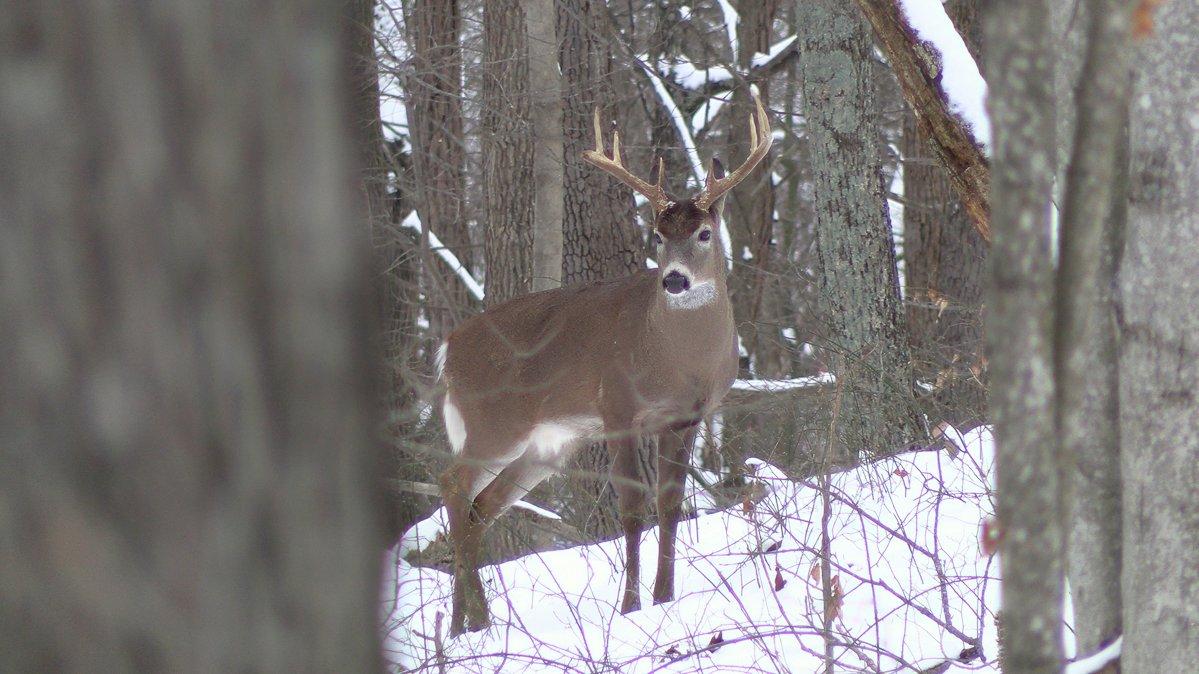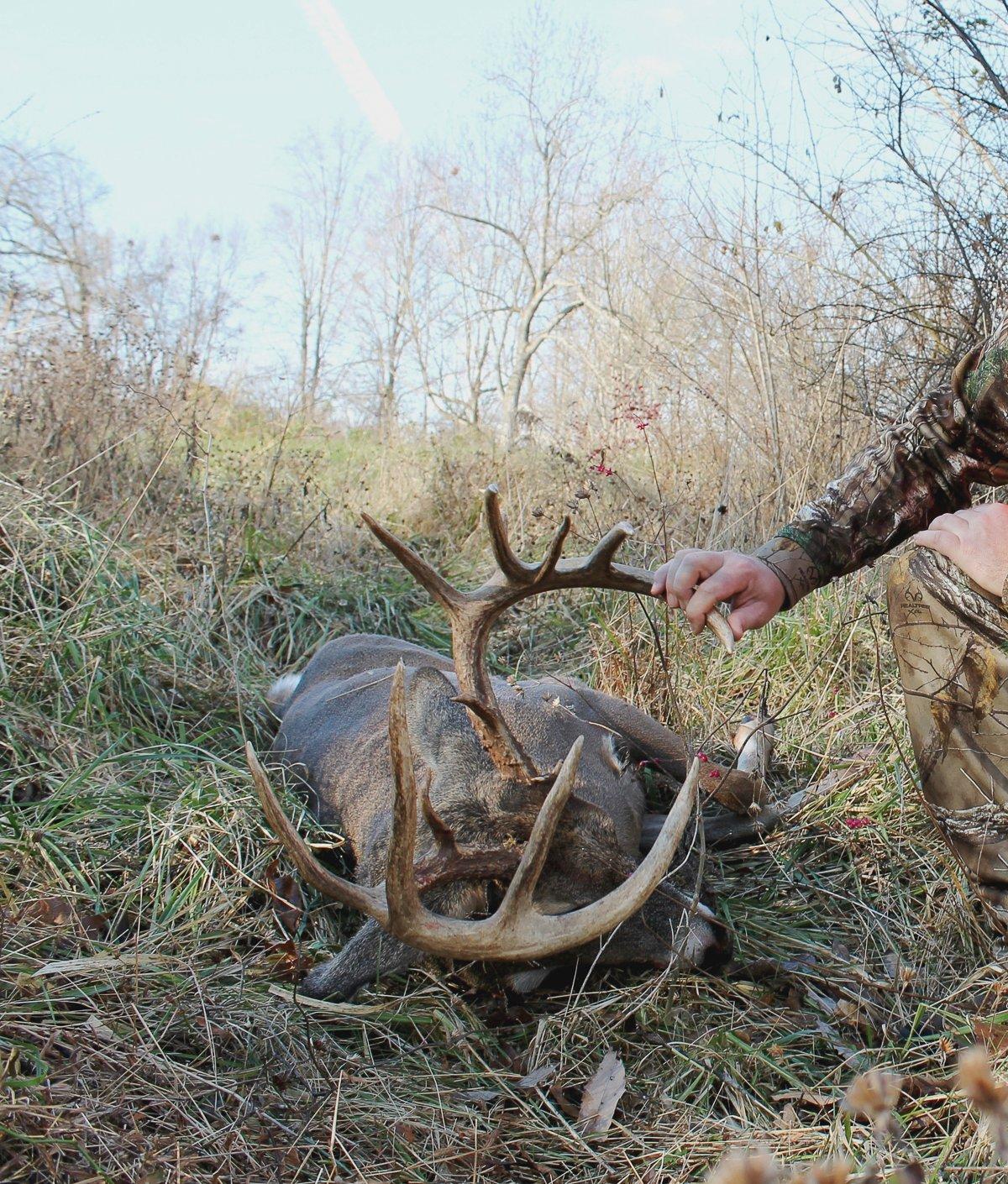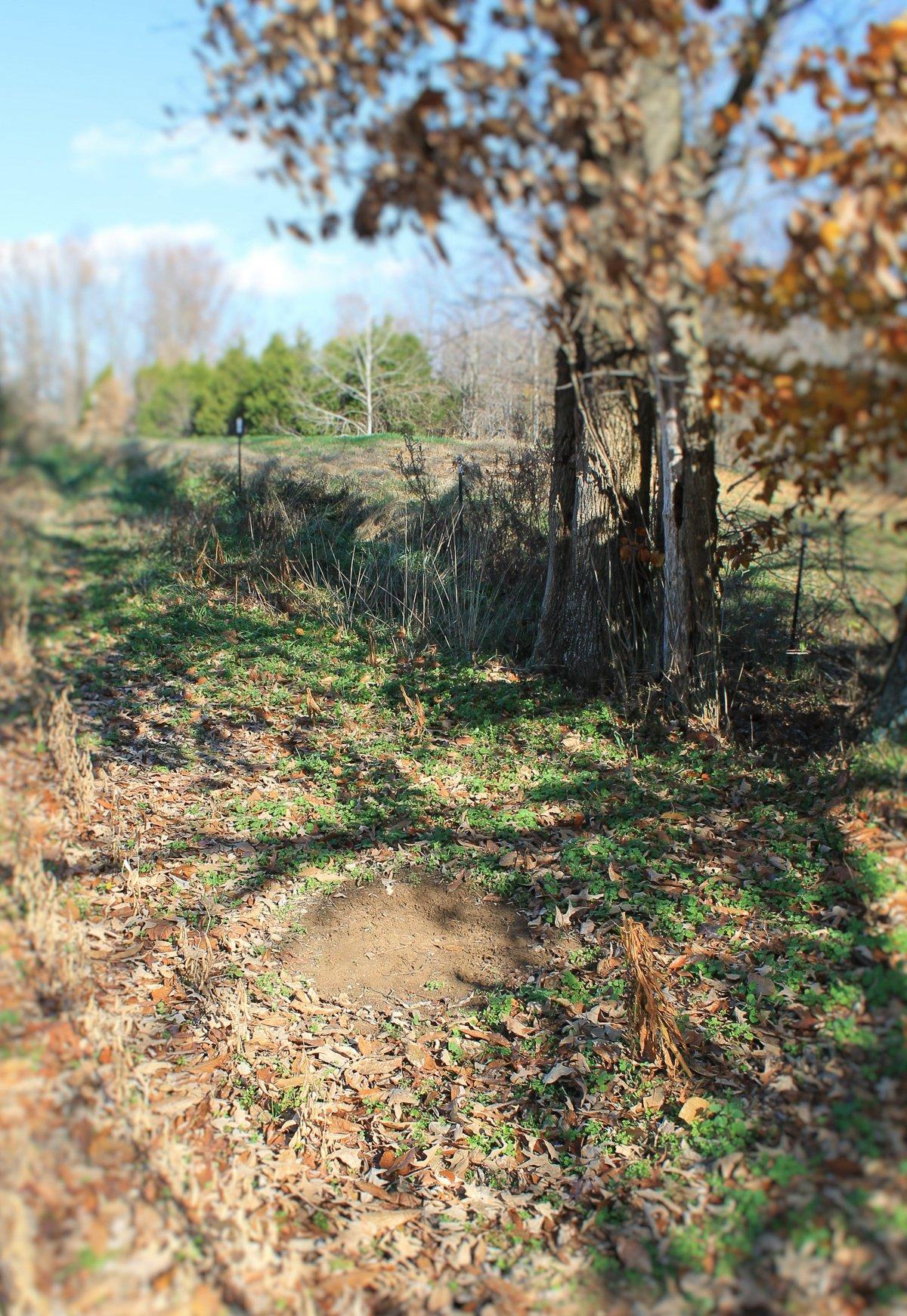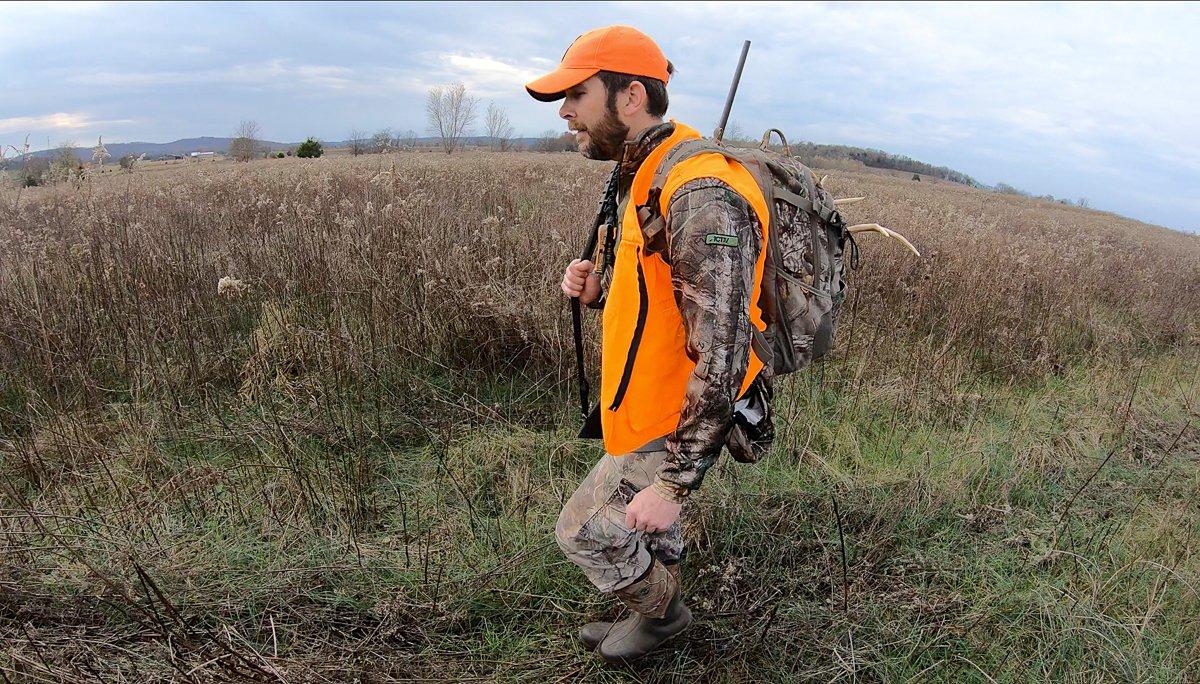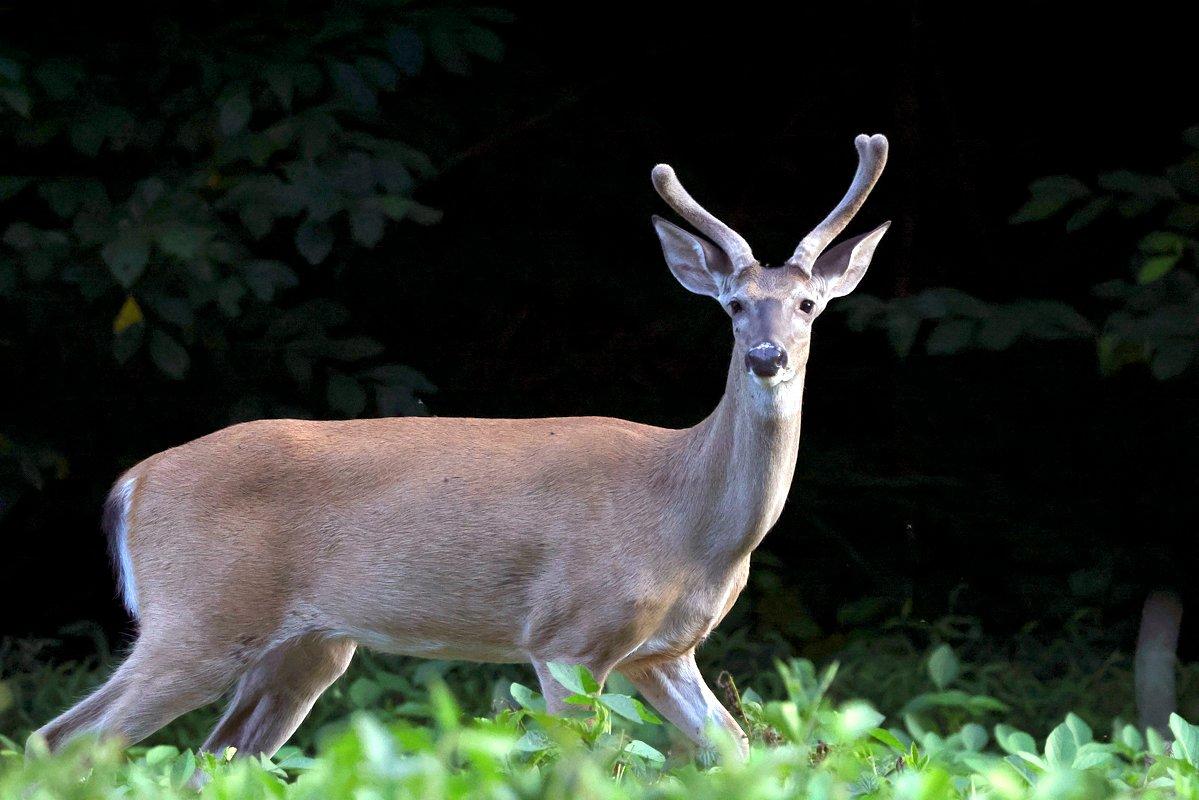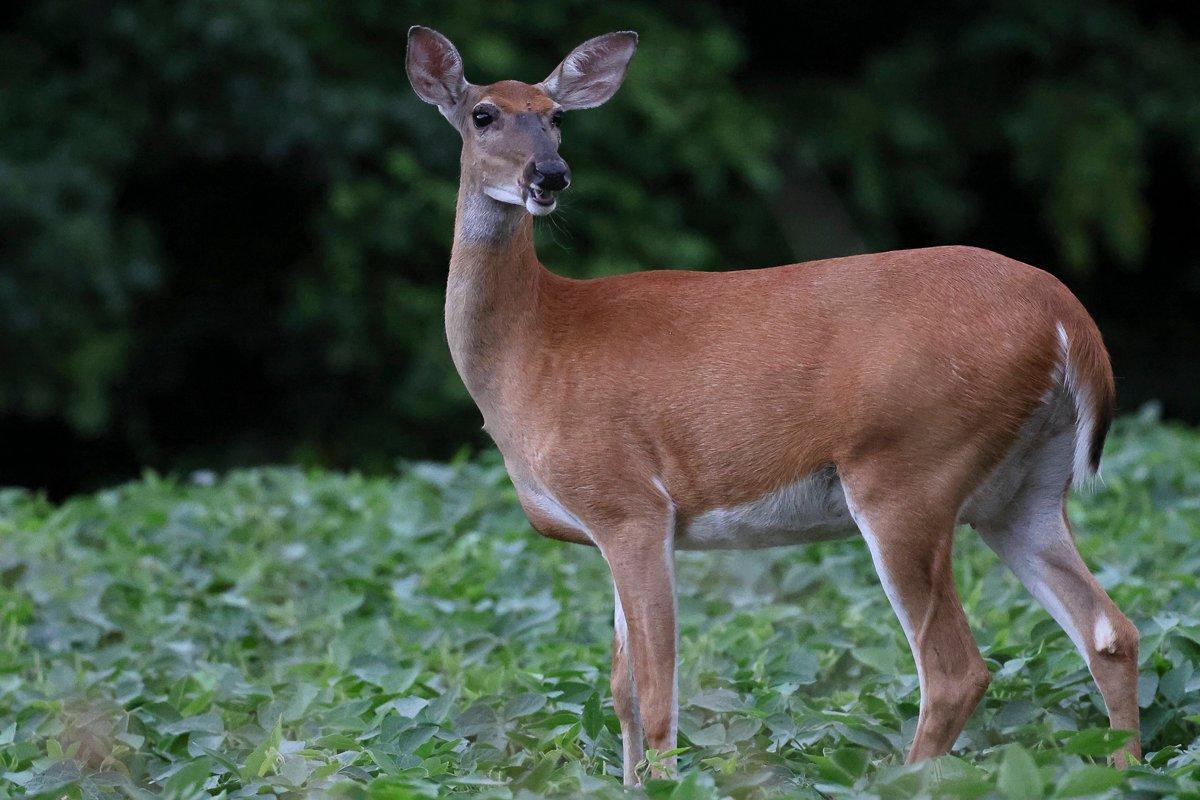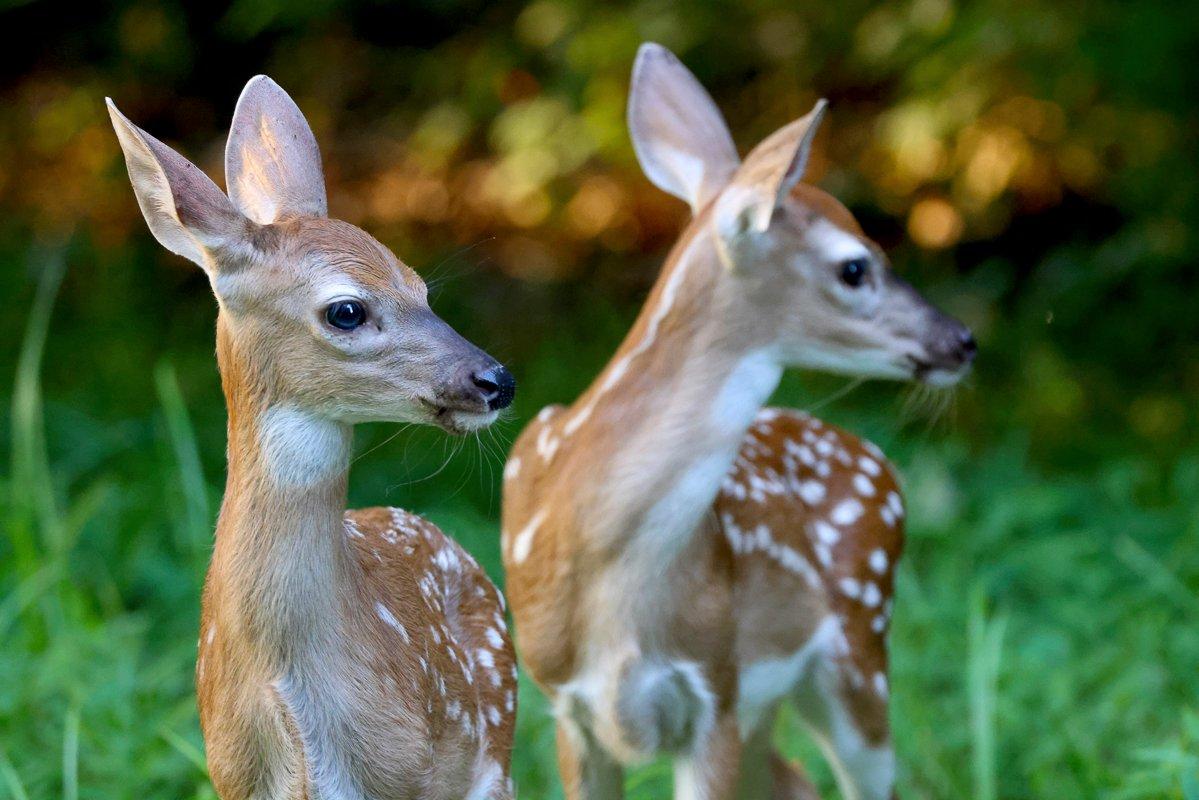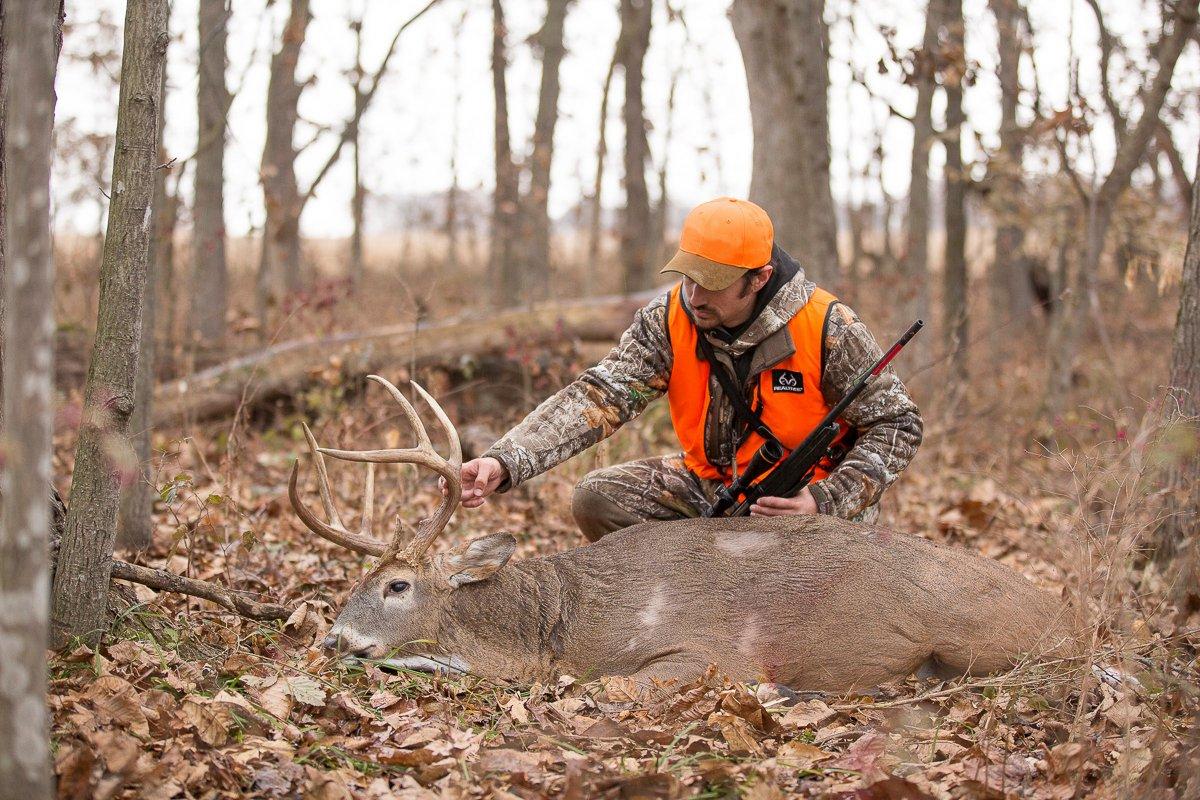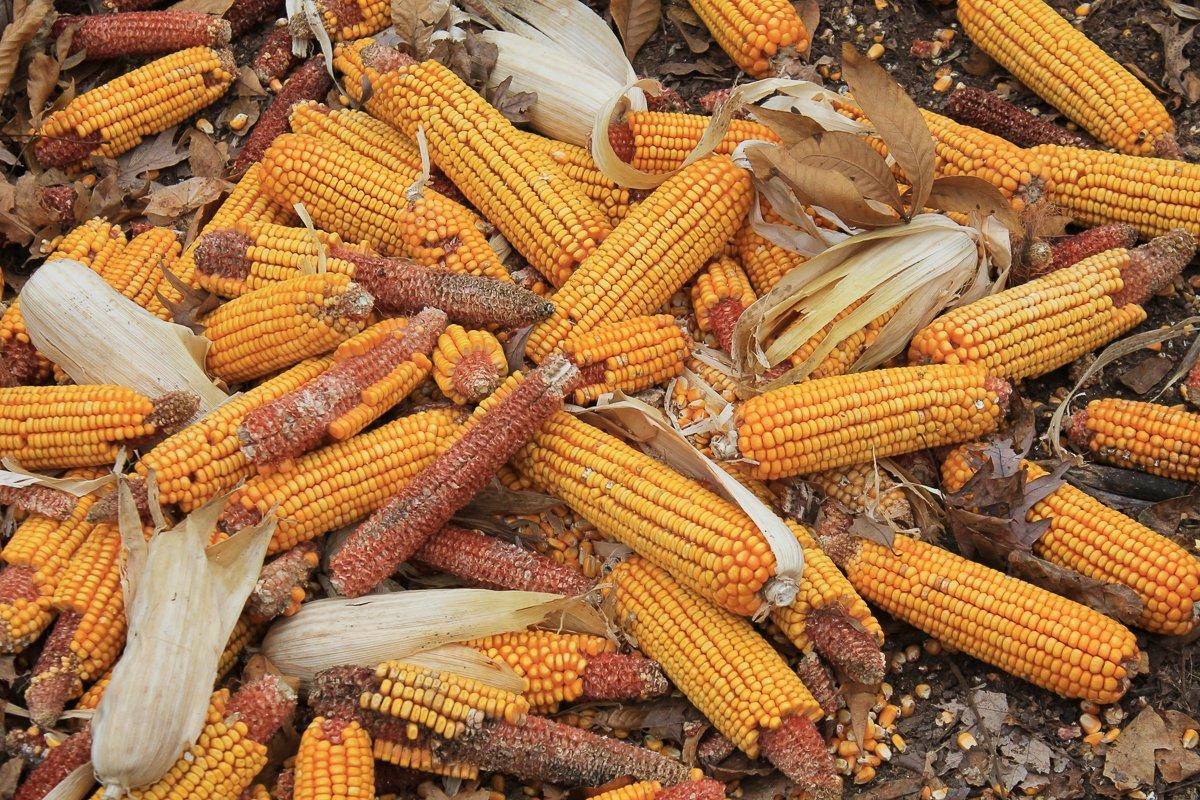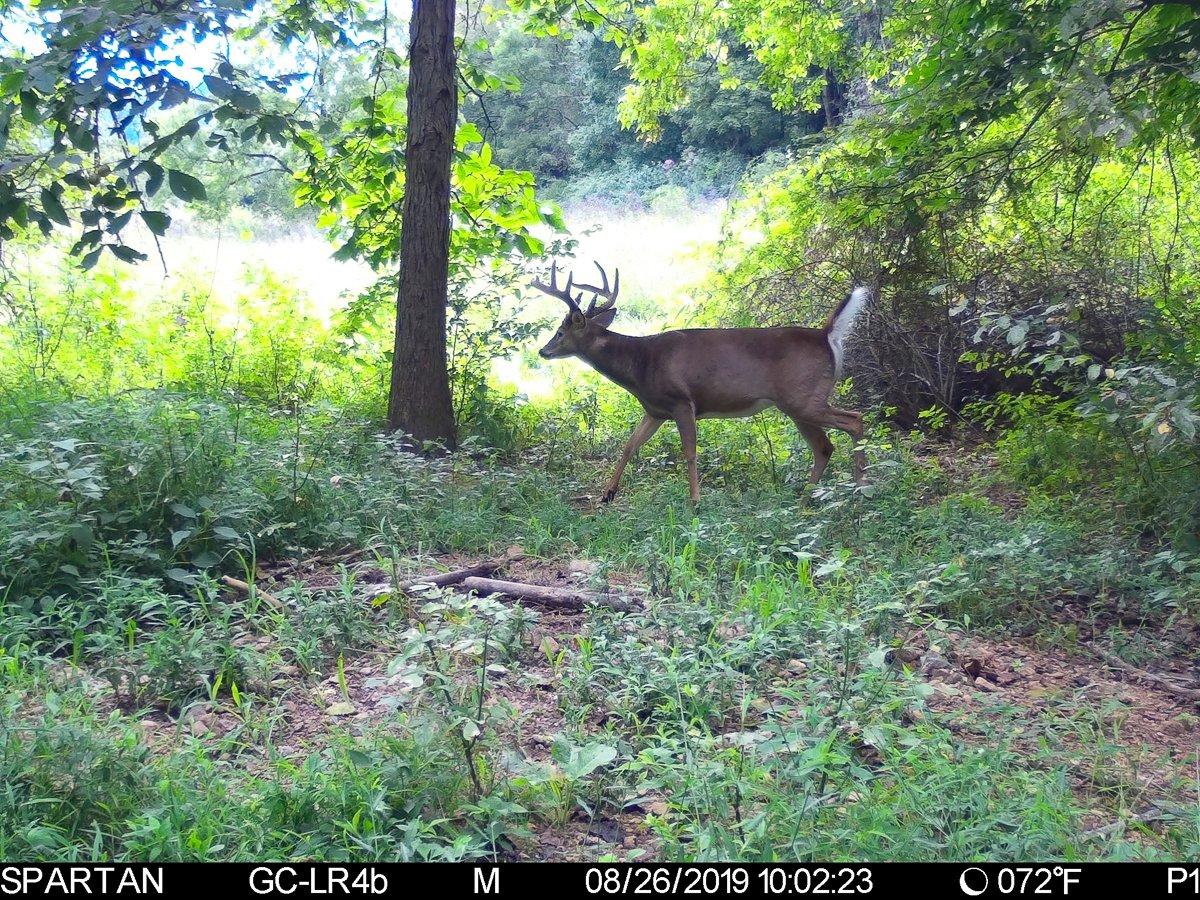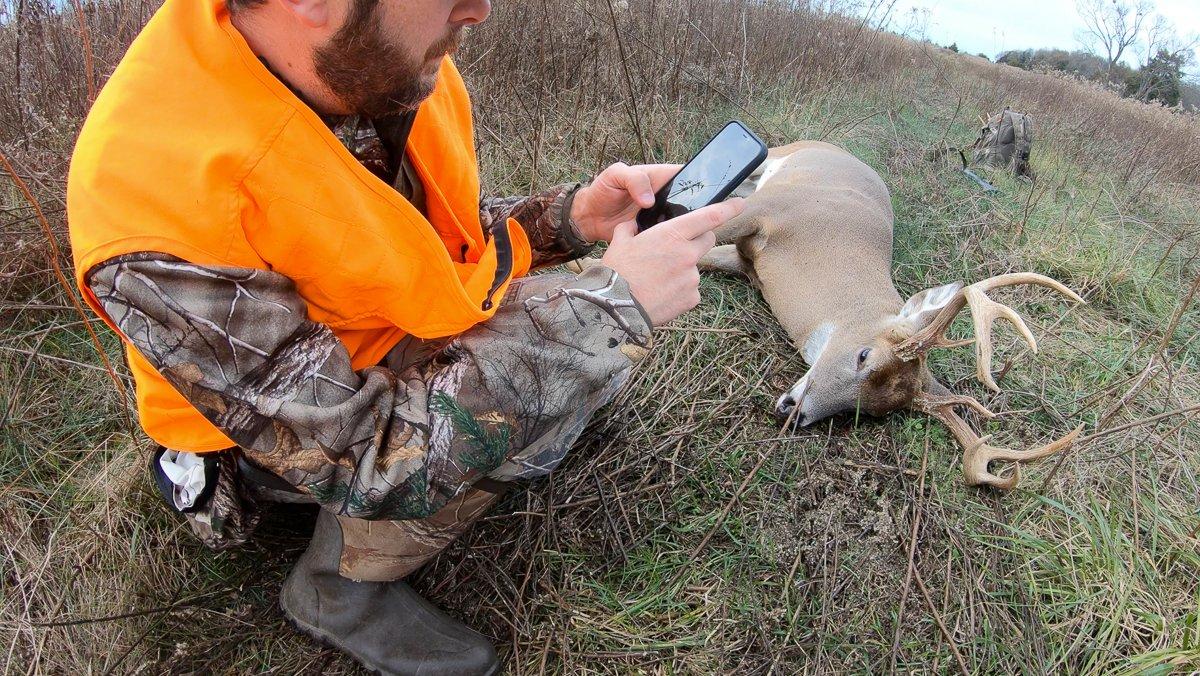One of the most interesting aspects of deer hunting is observing whitetails in their natural habitat. Seeing what they do and determining why they do it can be exhilarating. And although we still don’t know everything about whitetails, biologists have made great advancements in the past 20 years. Check out these 15 fascinating facts about whitetail biology and behavior.
1. Whitetails can live to be 20-plus years old.
Several years ago, we reported that wild 16- and 21-year-old does were killed in New York. It isn’t just does, though. Bucks can reach older ages, too. According to National Deer Association biologist Kip Adams, a research project by Dr. Mickey Hellickson of Orion Wildlife Management Services studied a sample size of more than 10,000 bucks from the King Ranch. Interestingly, hunters there routinely killed bucks that were 10-plus years old. Some bucks were in their late teens.
(Don’t Miss: Really, How Old is that Buck?)
2. Home-range sizes vary, and core areas are relatively fixed.
Whitetails differ from one to the next. Home ranges vary based on deer densities, habitat quality, individual tendencies, and more.
Some studies showed that bucks have an annual average home range of only 250 to 300 acres, while in other projects, it was closer to 2,000, said NDA biologist Matt Ross. Buck home ranges generally increase, going from spring [when it’s the smallest] to peak rut [when it’s the largest].
Core areas are also of interest. Ross said bucks spend 50% of their time within core areas, which include about 10-15% of a buck’s overall home range. They spend 90-95% of their time within their home range. According to Ross, that holds true no matter the size of a buck’s home range.
3. Deer go on temporary excursions and permanent dispersals.
Studies in recent years have revealed that some bucks — and even does — disperse. Duane Dieffenbach, a renowned deer biologist, said 50-80% of males and up to 20% of females disperse.
Calvin C. Ellis, a graduate research assistant at Caesar Kleberg Wildlife Research Institute at Texas A&M University-Kingsville, also reached similar conclusion in a recent study. In fact, some of the most interesting revelations included two does that made an 82-mile excursion for two months. One made the trip in two segments, completing each within a week. The other deer also covered the same distance in two legs but took about a month to complete each. Overall, does were responsible for 37% of excursions.
4. Some does are bad mammas.
Whitetails are no different than other species in that some females are habitually good mothers, but others aren’t. John Kilgo, a research biologist with the U.S. Department of Agriculture, said some does are routinely successful at raising fawns, and others are not. Age isn’t always a factor, he added, and some yearling does are better than some mature females. Most unsuccessful does don’t improve with time.
5. High winds boost daylight buck movement.
A 2013 Penn State study and a 2015 replicated study revealed the distance traveled by deer during daylight was greater with 1 to 15 mph winds (deer traveled 35 meters per hour) than when less than 1 mph (deer traveled 30 meters per hour). The distance traveled during daylight skyrocketed to 65 meters per hour with 16 to 27 mph winds. Of course, other factors such as barometric pressure and weather fronts might have affected movement. Still, there’s no denying that deer moved farther during daylight during high winds.
6. Deer movement increases throughout October.
Once touted as fact, the October lull is no longer valid. Numerous research studies — including one by Ohio Department of Natural Resources Deer Biologist Clint McCoy — have concluded that deer movement doesn’t wane in October. He believes there is a perceived October lull, but it isn’t real. According to his research, there is no decrease in activity in October. Rather, movement increases but at different locations than were seen in September.
(Don’t Miss: Why Deer Hunting on Halloween is Scary Good)
7. Most scraping occurs at night.
Most scraping occurs during the pre-rut and early rut. It drops way off after the rut gets going.
After the rut, scraping picks back up but remains well below the pre-rut threshold. As for day versus night use, a University of Georgia study concluded that scraping almost always occurs during darkness. Former Quality Deer Management Association CEO and current wildlife biologist Brian Murphy concurred. He said hunting directly over a scrape or mock scrape is a mistake. Instead, it’s better to set up between bedding areas and scrapes.
8. Deer see terribly by human standards yet see better than we do (sort of).
Whitetails don’t see the way humans do. Although scientists don’t know for sure, it’s believed that, per human standards, a deer’s vision is somewhere from 20/60 to 20/100. Still, a deer’s eyesight is optimized for low light, at dawn and dusk. Therefore, they move more at those times.
It’s commonly reported that whitetails see about 15 to 20 times better than humans at night. This is because of a higher concentration of rods, which enhance low-light vision. They also have a 310-degree field of vision, which is far superior to our meager 180 degrees.
Further, according to Eryn Watson, a researcher with the University of Georgia, deer see in what she calls slow motion. This lets them see movement much easier because they process imagery so much faster than humans do. That makes them superior at picking up movement. Deer have horizontal, rectangular pupils, which helps them see danger at eye level – where most predators exist. However, this limits their vertical vision, which is why hunting at elevated positions makes it easier to evade detection.
9. Deer aren’t color blind.
It was long believed that deer see in black, white and gray, but deer aren’t color blind. Instead, they are dichromatic. They see blue 25 to 30 times better than humans. (Think of it as a neon sign to deer.) Some believe deer also see yellows. Deer cannot see reds, which is why they have difficulty spotting blaze orange.
(Don’t Miss: 10 Things You Didn’t Know About Velvet Bucks)
10. Whitetails can detect scent at least 60 times better than humans.
Humans have 5 million olfactory receptors. Dogs have 220 million. Whitetails have 297 million. Although it’s still not an exact science, simple math shows that deer seem to detect scent about 60 times better than we can.
11. Degrading habitat and booming predator populations are damaging deer populations.
According to Adam C. Edge, an associate wildlife biologist and Ph.D. candidate with the Warnell School of Forestry and Natural Resources at the University of Georgia, only 16% of fawns survived past 12 weeks in his recent study. Predators accounted for 81% of fawn mortalities. Coyotes led the charge, but black bears and bobcats had an impact, too. The researchers’ conclusions for such a high mortality rate? Booming predator populations and mature (poor) habitat structures.
12. Culling doesn’t work — at all.
According to the NDA, a study at the Comanche Ranch, among other research efforts, has proven culling isn’t effective. Determined reasons that culling doesn’t work include:
- Cull buck is a relative term that means something different to everyone.
- Big bucks don’t always sire big bucks, and you can’t predict future antler growth of a whitetail without a pedigree, which is impossible for wild deer.
- Does contribute about 50% of their offspring’s antler genetic code, and there is no way to determine a wild doe’s antler genetic value.
- Environment influences a buck’s rack, including herd genetics, soil quality, predator stress, and more. These factors are generally uncontrollable.
- When bucks sport oddball antlers, it’s more often injury-related than because of genetics. Still, there’s no way to know for sure.
- Genetics are ingrained in the herd. Shooting one deer – or even 100 – won’t have a measurable impact on a wild deer herd.
- In the end, Mother Nature wins. Whitetail antlers will end up looking the way she wants. Not you.
Almost all peer-reviewed research studies have concluded that you can’t affect genetics. However, you can improve overall antler production by improving habitat and allowing bucks to reach older age classes.
(Don’t Miss: How to Hunt Big Buck Bedding Areas)
13. Improperly feeding corn in winter can kill deer.
Congregating deer around corn piles poses risks any time of year. Potential problems include higher stress levels, increased predator risks, boosted disease concerns, and more. That’s especially true in areas with increased deer densities, higher predator numbers, and areas with chronic wasting disease and other contagious illnesses. It poses even worse problems in winter.
Deer have colonies of enzymes and microorganisms in their digestive tracts. These bacteria are designed to help break down certain food types. Because a whitetail’s diet slowly changes through time, so does the makeup of its internal enzymes. If you suddenly flood the area with corn where it wasn’t previously present and deer don’t have the correct enzymes to digest it, they can starve to death with a stomach full of corn.
As a wildlife and deer specialist, I do not recommend artificially feeding deer, said Lloyd Fox, big-game program coordinator for the Kansas Department of Wildlife, Parks and Tourism. Here in Kansas, we have tremendous habitat and high-fertility soil.
If you feed corn, you should do so throughout the season. Don’t introduce it suddenly in winter. Ease them into new food sources.
14. Ratios don’t get way out of whack.
You’ve heard it: that hunter with a 1-to-10 buck-to-doe ratio. Fortunately, it’s biologically impossible for such a skewed pre-harvest ratio. Each year, 50% of fawns recruited into the heard are bucks, resulting in an automatic correction. Reasonable pre-harvest ratios are never more skewed than 1-to-4 or 1-to-5. Generally, 1-to-2 or 1-to-3 is much more common.
15. Gun season seriously freaks deer out.
Most studies suggest it takes deer up to two or three days to change their habits when hunters invade the area. Then it takes two to three days after hunters leave for things to go back to normal. But nothing freaks deer out more than gun season. That sudden influx of pressure does a number on them. Penn State research revealed the distance deer traveled per hour greatly decreased, day and night, during gun season.
(Don’t Miss: 31 Best Tips for Hunting the Rut)
Whitetails are fascinating creatures. And there’s no doubt that understanding more about deer biology and behavior can make you a better hunter. Hopefully this newfound knowledge helps you in the deer woods this season.










